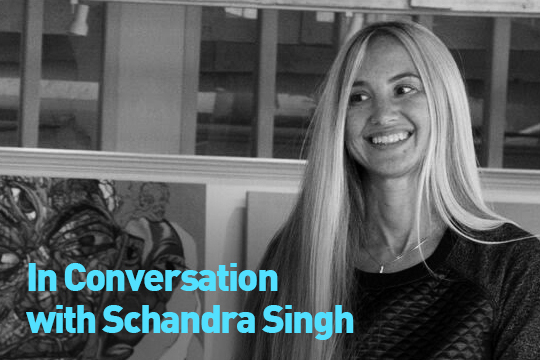Although considered one of the fastest-growing markets in the world, the Indian art market is still very much in its infancy. Painting dominates it. Artists are broadly divided into the “moderns”: the more mature “legacy” artists whom collectors feel more secure in buying, and the younger, more current “contemporary” artists, who push the boundaries of Indian art. There was not much of a market till the 1990s, when a more vibrant art scene emerged for established and younger artists alike. Since then, despite economic ups and downs, Indian artists and artists of Indian origin have been making their presence felt across the globe. And the world is paying attention, not just to India, but to artists from throughout South and Southeast Asia.
Growing up in India, I was initially attracted to the Indian portrait painters, especially the sumptuous portraits of a royal India, with the Maharajahs showing off their impossible jewels. Later, I was drawn to the more accessible colored photographs, hand colored over black-and-white prints, stiff but theatrical, with the textiles and jewels jumping off the images. There are the overwhelmingly opulent paintings of the 19th c. Raja Ravi Varma from the princely state of Travancore, who fused European academic art into Indian traditions. Then, there are the haunting self-portraits of a half-Indian, half-Hungarian Amrita Sher-Gil. Of the younger artists, the portraits by Surendran Nair, precursors to his more stylized flat narrative paintings, are so very powerful, as is the realism of Abir Karmakar. The digital portraits of Mahatma Gandhi by Aditya Pande push Indian portraiture into another arena entirely.
Today, a lot of the geographical and cultural boundaries have blurred. A young Pakistani artist Salman Toor lives between Lahore and New York City, and finds that he paints himself in a lot of the figures of his poetic canvases.

